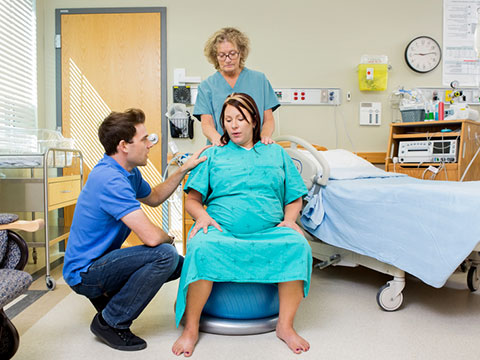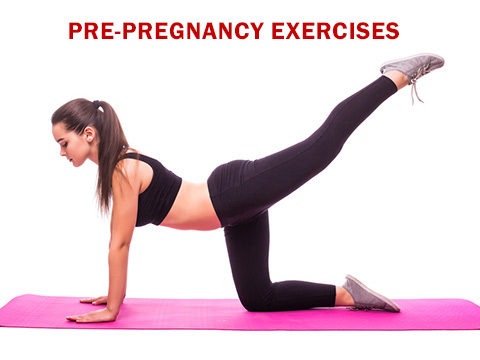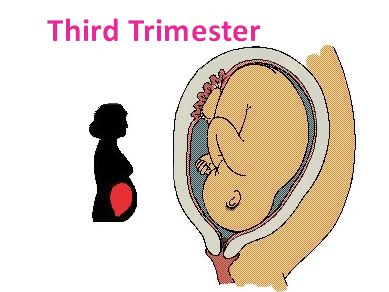Breathing techniques for labor
 While it’s something you think should come naturally at times of considerable stress, efficient breathing sometimes bypasses us. We’re inclined to breathe too shallowly when slow, deep breaths would calm us and help. When it comes to pregnancy, sometimes women need a refresher course in the basics. When you are in the throes of labour, it can be difficult to keep your wits about you. Believe it or not, you may forget the basics, like breathing regularly! In this article you will learn simple breathing techniques for labor.
While it’s something you think should come naturally at times of considerable stress, efficient breathing sometimes bypasses us. We’re inclined to breathe too shallowly when slow, deep breaths would calm us and help. When it comes to pregnancy, sometimes women need a refresher course in the basics. When you are in the throes of labour, it can be difficult to keep your wits about you. Believe it or not, you may forget the basics, like breathing regularly! In this article you will learn simple breathing techniques for labor.
Slow, even breathing conserves energy and can be relaxing during labor. When you hold your breath and breath rapid your muscles tense and become tired. Target and relax each muscle that is tense. Making noises releases tension — remember, when you move a heavy object you moan when you exhale. While practicing, tense individual muscle as your contractions become longer, stronger, and closer together, your cervix dilates and effaces more.
You may feel that you are losing control of the labor, and the previous breathing pattern may no longer help. To retain control accelerate your breathing pattern and continue to concentrate on your focal point. You may feel a need to breathe faster or more deeply in an effort to keep up with the labor. This will eventually cause hyperventilation, to prevent this, maintaining equal intake and output of air exchange.
Modified and patterned breathing techniques are some good tools to use when slow breathing technique no longer works for you. (Practice during the day when you notice a Braxton-Hicks contraction. Or for short periods (2 –3) minutes several times a day will be the best preparation for labor). By saying a short phrase may help you concentrate and keep your focus on your breathing pattern. Such as: “Relax and let it go”. Breathe in, breathe out”. You can create your own phrase, but practice this out load and repeat 25 times a day. Participating at a Yoga class may be the easiest way to learn relaxation and breathing techniques.
The following breathing techniques are for you to practice with and use during labor. Conditioning yourself with help prepare you for the journey through labor. When the slow breathing technique is not helping you relax and concentrate this is the indication to move onto the modified breathing technique and so on.
Slow breathing technique
- contraction begins,
- take a full cleansing breath (breathe in through your nose and out through your mouth),
- obtain a focal point, consciously relax your muscles,
- slowly breathe in through your nose(2 3 4) and out through your mouth (2 3 4) until the end of the contraction (30 — 60 seconds),
- when the contraction ends take a cleansing breath, and relax.

Modified breathing technique
- contraction begins,
- take a full cleansing breath (breathe in through your nose and out through your mouth),
- obtain a focal point, consciously relax your muscles,
- breathe slowly in through your nose(2 3 4),
- exhale out through your mouth (2 3 4),
- accelerate your breathing during the peak of the contraction (no faster than twice your normal breathing rate) until the end of the contraction (30 — 60 seconds),
- when the contraction ends take a cleansing breath, and relax.
Patterned breathing technique
- contraction begins,
- take a full cleansing breath (breathe in through your nose and out through your mouth),
- obtain a focal point, consciously relax your muscles,
- slowly breathe in and out through your mouth in a controlled accelerated pattern,
- breathe, breathe, breathe, puff,
- breathe, breathe, breathe, puff,
- breathe, breathe, breathe, puff until the end of the contraction (about 60 seconds),
- when the contraction ends take a cleansing breath, and relax.
Remember concentrate on your focal point and relax after the contraction — keep in mind that there might be only one minute between contractions.
Pushing technique
At this stage of labor the contractions space further apart, every 3 — 5 minutes. Many women feel relieved by pushing.
- contraction begins,
- take a full cleansing breath then inhale and hold that breath for 5 – 10 seconds,
- relax your pelvic floor, and bare down, bulging the pelvic floor, similar to using the bathroom,
- let your breath out, take another breath and repeat,
- at the end of the contraction take a cleansing breath.






